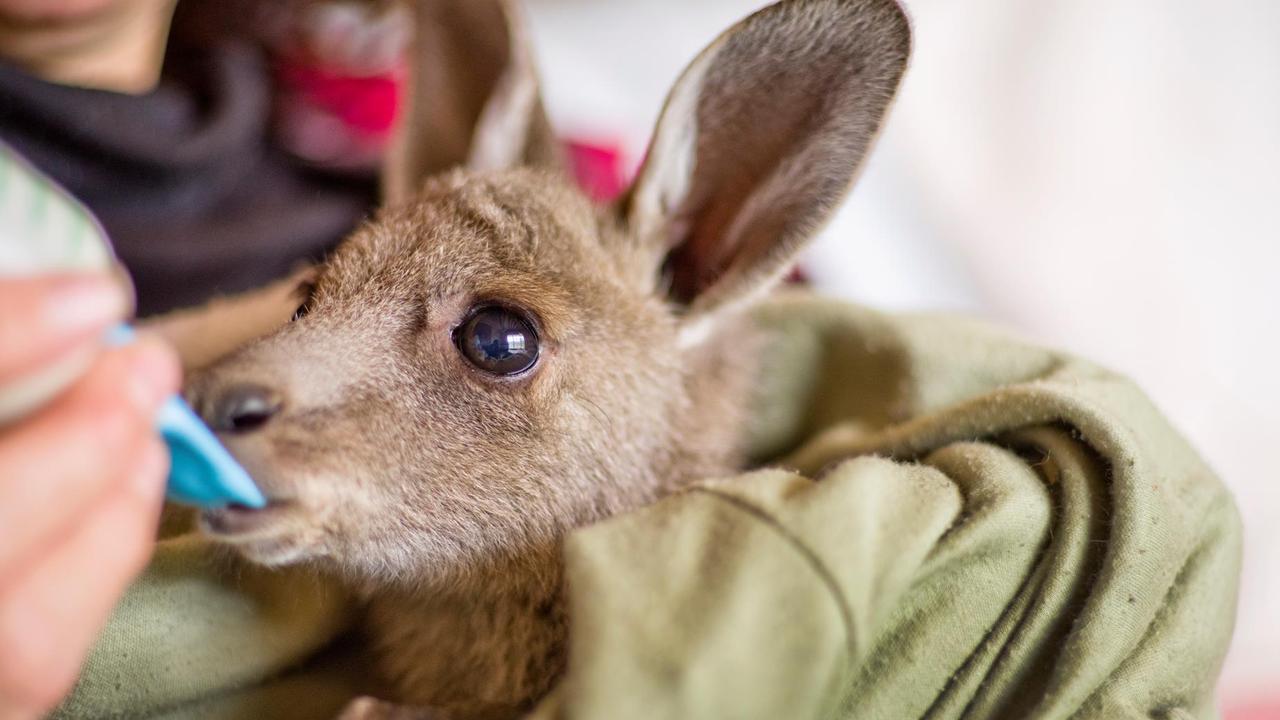Monash University students reflect on Australia’s World War I sacrifice
LAST year Monash Uni students saw the European battlefields and memorials that marked Australia’s World War I sacrifice. This is the result. WATCH VIDEO
VIC News
Don't miss out on the headlines from VIC News. Followed categories will be added to My News.
LAST year a group of Monash University students travelled to Gallipoli and the Western Front to see the battlefields and the memorials that marked the Australian sacrifice in World War I.
Some of the group had connections with the War, through great-grandparents who had been in uniform. But most of the students had no connection.
Professor Bruce Scates, a noted Anzac historian from Monash University, supervised the tour and helped the students to understand what happened in the Dardanelles and on the Western Front.
But most of the students came to their own conclusions.
On the eve of the Gallipoli centenary, this is the result.
JOIN THE HERALD SUN ONLINE FOR LIVE ANZAC COVERAGE FROM 5.30AM
Video filmed and edited by Louise Almeida, Elizabeth Johnson, Robert Moseley and Jason Walls.
From Elizabeth Johnson:
“I thought I was walking in their footsteps. I couldn’t have been more wrong.
In the heat of the Turkish summer, with only the shade of a single oak tree, we all gathered at the site of such significance.
As we all walked single file off the big white bus, that had been winding down the Gallipoli Peninsula, our experience could not be further from that of our 1915 Australian counterparts.
Twenty-seven, twenty-something year old university students unsure of what to expect from these cliffs we knew had brought such horror to our families, our friends, our heroes.
Ari Burnu was our first exposure to war graves, that is, a jumble of graves facing different directions all looking over the expanse of the Aegean Sea. These are the graves of men who are buried and remembered at the site where they fell.
I never thought my reaction would be emotional. And I am still not sure that it was. Perhaps it was more aligned to disbelief, that is, disbelief that such a beautiful landscape was the place of the bloodbath we all learnt about in school.
The first landing was not the bloodbath as I had believed. Professor Bruce Scates, a wealth of historical knowledge, guided us through the chronology. We learnt a lot about the Anzac myths.
At first I thought I was being disrespectful, that their memory was being tainted. Now, though, it is so clear to me that the memory of these servicemen and women deserves honesty. Shouldn’t we learn the stories of each soldier and each nurse, rather than relying on Hollywood re-enactments for history?
Maybe we are scared that if we do, we will stop caring. The “hero” image may be tainted with mental illness, an affair abroad, or with fear. But it is these imperfections that remind us that these Anzacs were just like me: young, courageous, but still learning.
We spent ten days hiking those cliffs. We learned the harsh realities of the terrain, covered in bruises and pieced skin from taking a fall down a rubble, dusty path. The smell of thyme, beneath our feet, I had welcomed. Until I learned that it had been planted to cover the smell of rotting flesh. One misplaced foot on the steep cliffs and there would be a great distance to the ground. My full attention turned to my next step. How could they have done this under gunfire? How could they have done this carrying 20 kilogram packs?
This heavy, sinking feeling follows not only myself, but also many of the students who I travelled with. Unlike me, some felt strong connections and knew the stories of their great-grandfathers and families.
At Lone Pine Memorial, I struggled to comprehend the volume of names remembered — those without graves. It is easy to walk by them and not know their stories. I touched a name on the wall and said a prayer; just in case his loved ones had never had the opportunity I had to visit them.
I am a 21-year-old girl — a pacifist. I had always believed that war was bad and not to be glorified. But here, we commemorate the fallen — Turks, Anzacs, women, men, everyone. We are united by the memory of their sacrifice at this sacred place.”


